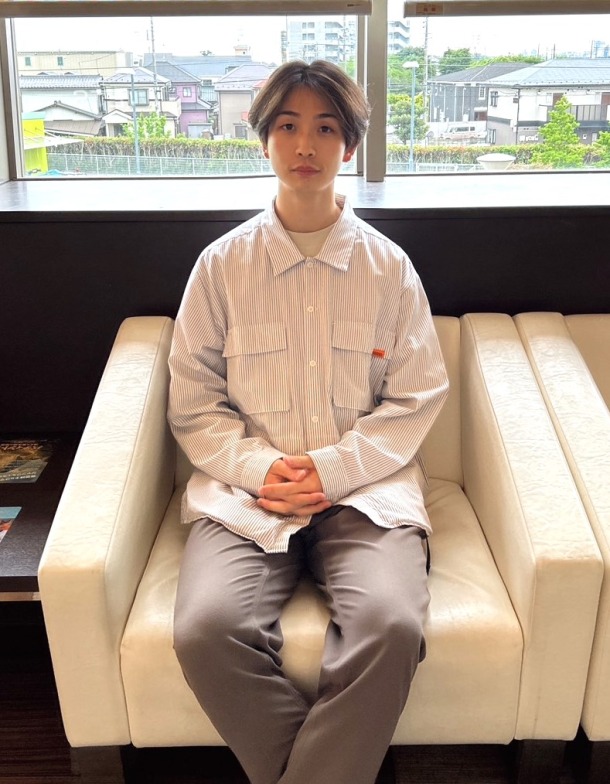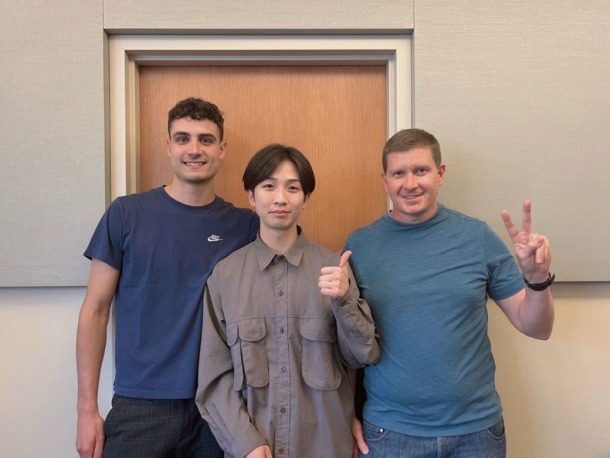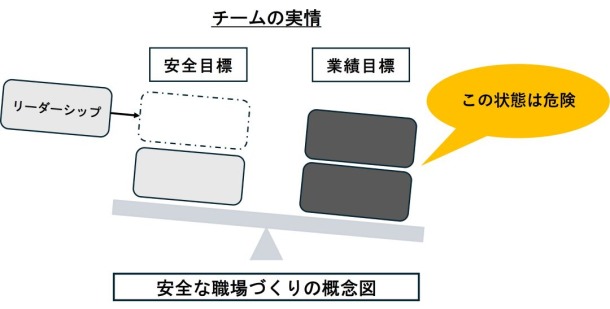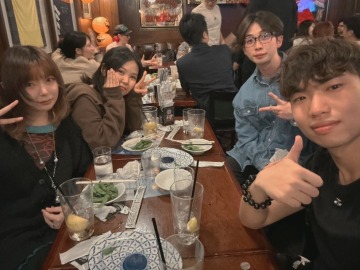I want to do research that can help team leaders
Yuito Miyake, 2nd year, Master's Program, Graduate School of Commerce
 I am majoring in organizational behavior, which focuses on the behavior of individuals and teams within organizations, because I have a strong desire to learn about leadership that makes teams function well.
I am majoring in organizational behavior, which focuses on the behavior of individuals and teams within organizations, because I have a strong desire to learn about leadership that makes teams function well.
For 12 years, from the first grade of elementary school to the third grade of high school, I played baseball, a team sport, and served as captain in each of my final years. When I was in sixth grade, we kept winning against teams that were much better than us and came in first in Saitama Prefecture, but when I was in third grade of high school, we ended up losing in the fifth round (best 32 in Saitama Prefecture), which was a disappointment. I also had the sad experience of several of my teammates quitting the team midway through. As a result of experiencing the "potential of a functioning team" and the "difficulty of making a team function," I came to strongly feel the thoughts I spoke about above.
I first encountered organizational behavior theory in my second year of university. One day, when I stopped by the library to look for a book I needed for a class assignment, a title on the shelf caught my eye: "Essentials of Organizational Behavior." When I picked up the book, I found that it systematically summarized the things I wanted to know when I was playing baseball, such as "how to make a team function" and "the role of a leader." This book made me want to study organizational behavior theory.

Favorite books: (Left) "Essentials of Organizational Behavior" by Stephen P. Robbins, translated by Haruo Takagi (Diamond Publishing), (Right) "How to Think and Use Organizational Behavior Theory" by Yasuhiro Hattori (Yuhikaku Publishing)
However, at the time, the School of Commerce at Meiji University, where I was studying, did not offer any courses on organizational behavior, so in my third year of university, I decided to study abroad in the United States, the birthplace of organizational behavior. I took classes where we discussed and presented organizational behavior with classmates, and classes where we invited business leaders active in the business world to speak about how the knowledge we learned was being applied. In these two classes, I read six textbooks, firmly acquiring basic knowledge and rediscovering the fascinating nature of organizational behavior. After returning to Japan, I felt a strong desire to conduct an "in-depth study of this field myself," and decided to go on to the Graduate School of Commerce at Waseda University.

With my teammates who gave a presentation together while studying abroad (the author is in the center)
Currently, I am a member of the laboratory of Professor Toshio Murase (Faculty of Commerce), who specializes in organizational behavior, and I am researching "creating a safe workplace." An organization's results are determined in large part by its productivity and efficiency, but if it pursues these too much, it will neglect on-site safety and health management, and the safety of employees will likely be threatened. In addition, if a workplace accident (※) occurs, the organization will be required to suspend operations and take measures to prevent recurrence, which will incur huge costs. For this reason, "creating a safe workplace" is important not only for on-site employees, but also for the organization.
* Workers become injured or ill due to buildings, equipment, or raw materials related to their jobs.
However, it is not easy to get on-site employees to be aware of safety. This is because on-site employees are more concerned with performance goals that are quantified on a daily basis and directly linked to their own salary than with safety goals such as "zero workplace accidents in the next five years." Against this background, organizational behavior research has considered "ways to promote a safe workplace."

The seesaw in the middle represents the team's tendency to focus too much on performance goals, and leadership is needed to moderate this tendency and promote a greater awareness of safety.
Among these, I am currently focusing on leadership in my research. Specifically, I am examining "what kind of leadership can improve the safety awareness of the entire team." In 2024, I visited factories across Japan and interviewed managers and general employees working at the manufacturing site and was able to understand how people working at the manufacturing site think about safety. Based on these results, this year I created a questionnaire for managers and general employees at the factories I visited to ask about safety behavior and the factors that promote it and am working on collecting and analyzing data. In the future, I plan to compile my findings from the data analysis into my master's thesis and report the results of the analysis to the companies that cooperated with me.
I would like to continue researching teams and leadership, and eventually become a researcher specializing in organizational behavior. I would also like to provide knowledge that will help leaders who are struggling with team management, just like I was in high school.
Daily Schedule
- 07:00 Wake up, walk dog, have breakfast, get ready
- 08:30 Head to university (I read academic papers on my iPad on the train)
- 10:00 Work on class assignments in the lab
- 12:00 Lunch (My mother makes me a homemade lunch. I'm grateful.)
- 13:10 Face-to-face lessons (2 periods)
- 17:45 Return home
- 18:00 Go to the gym (I try to exercise at least twice a week)
- 19:30 Dinner, bath (I sometimes go out drinking with my lab mates or friends)
- 22:30 Read some academic papers
- 11:00pm Go to bed (I've made it a habit to sleep 8 hours)

A photo of me going out for drinks with my lab mates (I'm the one in the far right)





![[Save version] Map of the four main campuses](https://www.waseda.jp/inst/weekly/assets/uploads/2025/09/17cb2975123fc5103172ef60bd98608d-610x458.jpg)

